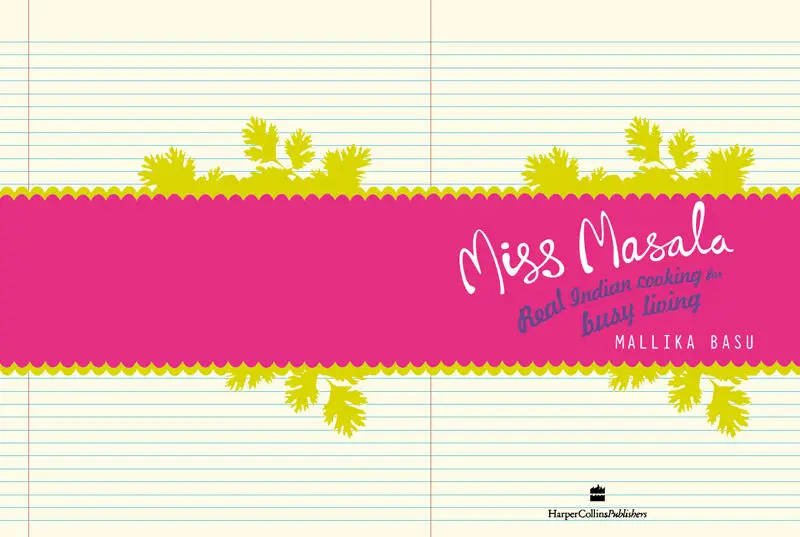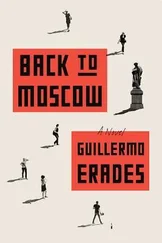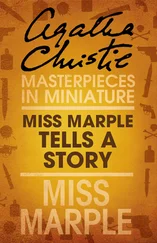
This book is dedicated to the boss who said I couldn’t write.
CONTENTS
COVER
TITLE PAGE
DEDICATION
INTRODUCTION
BEFORE YOU START
1. FROM BHUNA TO BALTI
Getting to know Indian food and the very basics
Keema Mattar
Mattar Paneer
Berry Dal
Perfectly Fluffy Basmati
2. PERFECT IN NO TIME
Quick recipes for when you’d rather not be in the kitchen
Chicken Jhalfrezi
Aloo Gobi
Palak Paneer
Tadka Dal
Achari Baingan
Masala Fish
Navratan Korma
Rajma
Channa Masala
Kerala Chicken Curry
Kolmino Patio
Dal Palak
Zafrani Gosht
Chicken Pulao
3. NEVER LET YOU DOWN
Classics and favourites for every occasion – recipes to rely on!
Murgh Masala
Kosha Mangsho
Baingan Bharta
Taheri
Pav Bhaji
Chicken Kathi Rolls
Aloo Channa Chaat
Cheese Bondas
Pakoras
Rotis
Naan
4. LIGHT AND BRIGHT
Light lunches and food for warmer days
Aloo Chenchki
Paneer Bhujia
Bean Salad
Hariyali Murgh
Lamb Korma
Dosakaya Pappu
Seekh Kebabs
Tandoori Macchli
Paneer Shashlik
Hariyali Tikkis
Lamb Chaaps
Bharwan Shimla Mirch
5. SHOWING OFF
Recipes for special occasions and for impressing guests
Cholar Dal
Paneer Butter Masala
Patra ni Macchi
Chingri Malai Curry
Bhoger Khichuri
Beguni
Quick Lamb Biryani
Anda Raita
Jardaloo Sali Boti
Murgh Makhani
Peshawari Naan
Dal Tikkis
Murgh Malai Kebabs
Vodka Chilli Cocktails
6. FOOD FOR FEELING BETTER
Pick-me-ups for all your woes
Parathas: Aloo, Gajar and Mooli
Maacher Cutlets
Khichdi
Doi Maach
Masala Chai
Two Rasam Recipes
Tomato Rasam
Pepper Rasam
Dahi Bhaat
Jeera Chicken
Prawn Pulao
Maacher Chop
Mutton Ishtew
7. SWEET INDULGENCES
Irresistible ways to get a sugar high
Kesar Pista Burfis
Besan Laddoos
Narkel Narus
Carrot Halwa
Rose and Vanilla Firni
Payesh
Bhapa Doi
Chilli Chocolate Brownies
Kulfi
Mango Fool
Shrikhand
GLOSSARY
ACKNOWLEDGEMENTS
COPYRIGHT
ABOUT THE PUBLISHER
INTRODUCTION
Squashed on a train unfit for cattle transport, in an Austin Reed suit and Kurt Geiger heels, I can think about only one thing. Rotis. Round, soft, fluffy rotis.
This is my life: 30-something girl about town, corporate superbitch and keen Indian cook. Ten years ago, just the thought of combining the three would have thrown me into a blind panic, and had me reaching for the nearest chicken tikka sandwich pack.
You see, growing up in India, I cared more about eating food than cooking it. Tantalising meals were assembled at home (although not by me) with little oil, fresh ingredients and lots of imagination, all served with limes, coriander, pickle and green finger chillies. From sweet coconut prawn curry and juicy tandoori chicken to buttery Tadka Dal and spicy-sour aloo. It was all accompanied by puffed rotis rolled and tawa-baked by our masterly cook, Dada. Oblivious to his talent, we two bespectacled sisters ate them hot, dripping with the butter we wore so proudly as lip-gloss at the dining table.
Dada was on an everyday mission – to keep it simple but delicious. As in most other Indian homes, aromatic pulaos, rich curries and deep-fried goodies were strictly reserved for weekends and special occasions. Then, Dada would turn sous-chef to my father and his elaborate kitchen feats. A keen and superb cook, my chain-smoking dad’s speciality was the rice delicacy biryani. It always arrived late from a battle-ravaged kitchen.
Mother, unlike my many aunties, stayed well away from the hotbed of fiery tempers and masalas that was our Kolkata kitchen. Dabbling with the occasional spaghetti Bolognese in her psychedelic kaftan, she preferred directing and overseeing Dada’s glorious Indian meals rather than troubling her good self by actually cooking them.
When I decided to leave it all behind for university in England, nobody thought to disrupt my hectic schedule of debates and rooftop parties with lessons in cooking Aloo Gobi. I arrived in rainy Buckingham, and plunged headlong into an undergraduate degree in business studies and an education in how not to eat. My experiments in the kitchen were short-lived. The burnt frozen pizzas. The tins that exploded in the microwave. The boil-in-the-bag rice that never quite cooked.
I didn’t give a damn. The 90s clubbing scene was exploding around me. My love life and my finances were imploding. Homemade chicken curry was hardly going to see me through it all. Besides, I was about to embark on a master’s degree in journalism. The future would be all about sharp suits, dictaphones, black cabs and mojitos. A far cry from the hair-in-bun, handloom-cotton image I had of aunties and seasoned cooks back home.

But after years of Taj Mahal takeaways and petrol station cuisine, I started aching for some good home-cooked food. I had no idea where to start, however. I needed help.
So I asked someone who had all the answers. Mother. She sent me a copy of the National Indian Association of Women Cookbook , given to newly wedded daughters, the soon-to-live-abroad and other hapless beings.
Armed with this seminal tome, I was ready to become Miss Masala. So what if I now worked long hours in London, spent evenings sampling cheap wine and didn’t know the first thing about cooking Indian food? It couldn’t be that difficult, right?
Wrong.
You see, professional Indian cooks can be a canny lot. Always happy to give you a quick breakdown of ingredients, they withhold some of the crucial basics. Perhaps as payback for all their hard graft as beginners. Aunties, on the other hand, are only too happy to oblige with recipes. But years of experience mean they use andaaz , giving little idea of quantities. Directions like ‘Cook the onions, add some turmeric and fry with a bit of garam masala’ are no good to a novice. We need specifics.
Most Indian cookbooks are no place for beginners, either. They assume the sort of basic knowledge I simply didn’t have, or expect a little too much in the way of free time. Instructions like ‘Soak overnight and then simmer for 3 hours’ scared me half to death.
Then you have the ingredients to contend with. Indian cooking uses a seemingly endless array of specialist spices, and the magic each one brings to a dish is a mystery of Bollywood-epic proportions. Like the foul-smelling asafoetida – a deeply offensive powder but which, once cooked, infuses dishes with a magical buttery flavour.
And finally there are all those secrets you can learn only from experience. No one ever tells you, for instance, that ready-made channa masala powder plus frying onions equals three days of spicy sofa. Or that fresh curry and methi (fenugreek) leaves can be frozen for months and still retain their flavour.
Altogether it’s a quagmire for the uninitiated. Thankfully, I craved the food enough to wade through it all. It was my labour of love – aided by the NIAW Cookbook , numerous international phone calls and Smirnoff vodka.
Читать дальше














